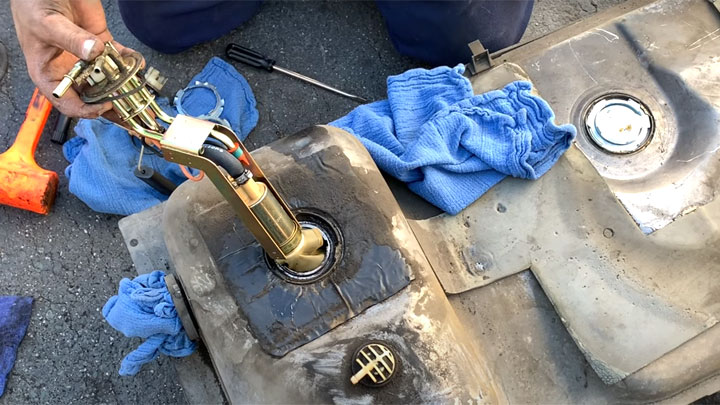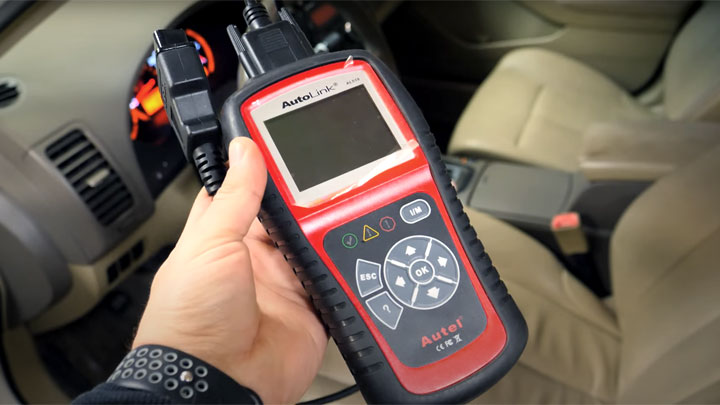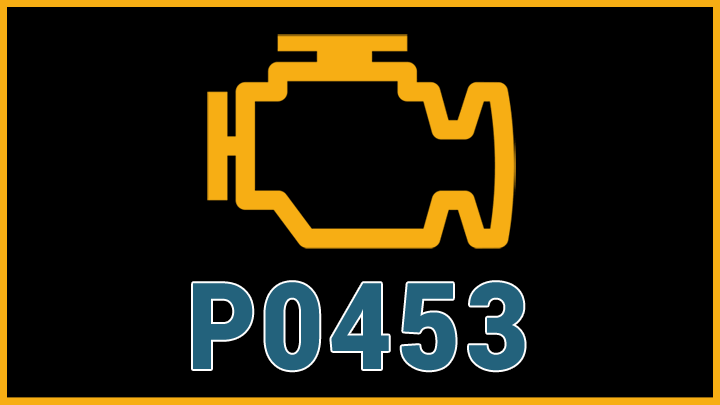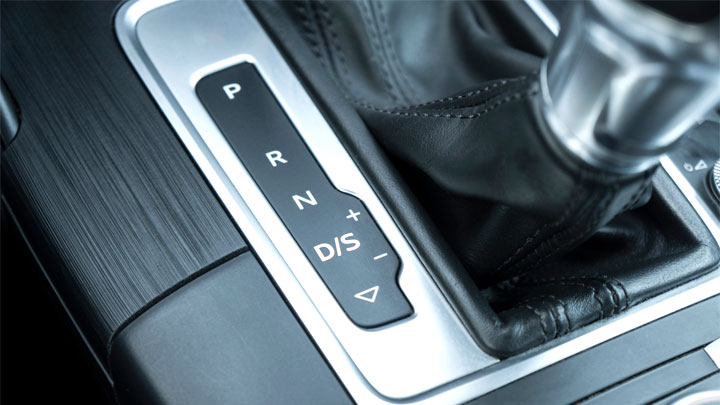Last Updated on August 22, 2022
The last thing you want to see when you start up your engine is a check engine light. But what’s even worse is seeing that check engine light and having no idea what it means or how to fix it.
So, you go read the code, but that letter and string of numbers only tells you so much. The good news is that if you’re dealing with a code P0453 it could be far worse. The bad news is that it’s not always the easiest code to troubleshoot.
Don’t worry we’ll break it all down for you here, so just keep reading.
What Does Code P0453 Mean?
When you get the engine code back and it’s “Evaporative Emission System Pressure Sensor,” it really doesn’t tell you too much unless you already know what that component is. Another name for this sensor is the fuel tank pressure sensor.
The sensor typically measures the air pressure or vacuum in the EVAP system and then it uses this information to fine-tune engine performance to reduce emission levels.
A code P0453 tells you there’s a problem with this system. More specifically it’s telling you that the reading the PCM is getting from this sensor is too high and is out of the allowable specifications.
When the reading is too high, there’s something wrong with the system and it throws the check engine code to give you a heads up.
Related EVAP Codes: P0446, P00449, P0455, P0456, P0457
Symptoms of Code P0453

Typically, the check engine light is the only noticeable condition if you have a code P0453. Sometimes you’ll be able to detect an odor of fuel coming from vapors, but this usually isn’t the case.
However, if you can smell fuel vapors and have a code P0453 it can make it a lot easier to troubleshoot what’s going on and find the source of the problem.
- Check engine light
- Usually no other noticeable conditions
- Sometimes a fuel smell from vapors
Causes of Code P0453

While there typically aren’t too many causes of a code P0453, the ones that do exist are often possible on many other trouble codes. This can be a little frustrating if you’re trying to figure out the reason for the code and how to fix it.
Some of the most common problems are a defective fuel tank sending unit, a defective fuel tank pressure sensor, or a defective carbon canister.
But just because those are the most common causes doesn’t mean they’re the only potential causes. Below we’ve highlighted six different reasons your vehicle might have a code P0453.
- Defective fuel tank sending unit
- Defective fuel tank pressure sensor or wiring problem
- Defective carbon canister
- Defective carbon canister vent valve
- Damaged fuel tank
- Faulty PCM
Is Code P0453 Serious?
While you should repair any check engine lights that come up on your vehicle, a code P0453 is on the milder side of things. In fact, your engine won’t even throw the code if there’s a problem until it’s the second time in a row that you start the vehicle.
That means for the full first trip with the condition your vehicle won’t even tell you that there’s a problem. If you let the problem go on for long enough you might start to notice a drop in gas mileage or rougher engine starts, and eventually, the engine might start stalling.
But as long as you fix the problem in a reasonable amount of time, this shouldn’t happen. The bigger problem with neglecting to fix a P0453 engine code is that your vehicle has no way of telling you if something else comes up. So, if a more serious problem does come up you won’t know about it and it might cause further damage to your vehicle.
How to Fix

If you don’t already have an automotive scan tool, you will want one to try and figure out what’s going on with a code P0453. That’s because the best way to figure out what’s going on is to connect a scan tool and look at the fuel tank pressure readings.
You can then use the data to determine if the sensor is giving accurate readings or if there’s a problem somewhere else. Even without a scan tool, you can check for power at the fuel tank pressure sensor.
It should have a 5-volt reference signal and a good return signal back to the PCM. Always check to ensure there’s a good ground in the system too when you’re looking at the wiring system on sensors.
You should also visually inspect the fuel tank for damage. While this is a rare cause of a code P0453, a damaged fuel tank can throw the code.
If you don’t pick up a fuel smell and all the measurements come back normal, the problem might be with the PCM, but this is extremely rare.
You can also try swapping out the carbon canister and carbon canister vent valve, but typically problems with these components will show up when you’re looking at the readings from the fuel tank pressure sensor.




